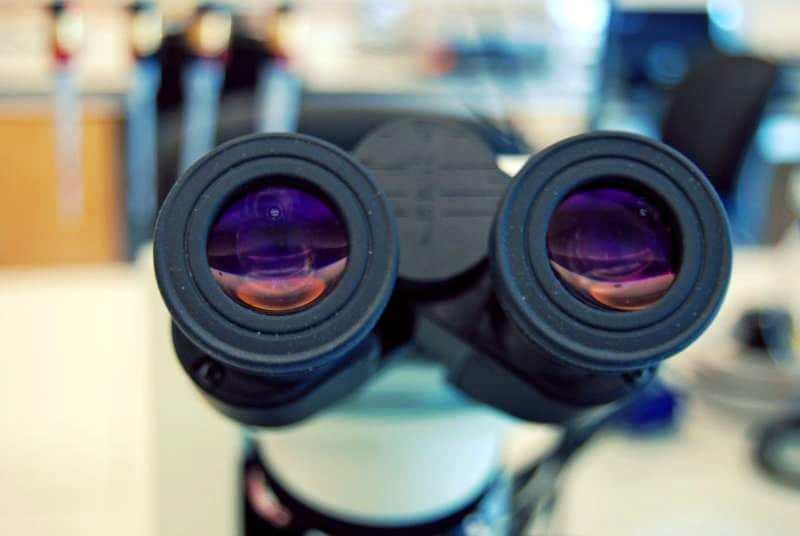 Scientific Proofreading is a process of correction and perfection, but, like any process, it can be vulnerable to errors. The aim of proofreading – and scientific proofreading in particular – is to find the errors in a document and to correct them, so it is perhaps alarming to hear that the process of correction can itself be subject to error. Unfortunately, this is the case, and there is only really one way to minimise the risk of proofreading error as much as possible: to find the best proofreader possible. Luckily, all of our proofreaders are highly experienced experts with exactly the skills necessary to avoid the kinds of error commonly made by less adept proofreaders.
Scientific Proofreading is a process of correction and perfection, but, like any process, it can be vulnerable to errors. The aim of proofreading – and scientific proofreading in particular – is to find the errors in a document and to correct them, so it is perhaps alarming to hear that the process of correction can itself be subject to error. Unfortunately, this is the case, and there is only really one way to minimise the risk of proofreading error as much as possible: to find the best proofreader possible. Luckily, all of our proofreaders are highly experienced experts with exactly the skills necessary to avoid the kinds of error commonly made by less adept proofreaders.
The easiest error for a proofreader to make is to miss minor errors that will not be highlighted by a spell-checker because they are, in a sense, correct. These errors are usually typos or spelling mistakes that happen to form other correct words: spelling ‘lead’ without the ‘a’ as ‘led’, for example, or mistyping ‘has’ as ‘as’. Such mistakes are easy for anyone to make – even the best proofreader’s fingers might slip while she is typing – and can be corrected only with rigorous checking and a keen eye for detail. This is why all of our proofreaders tend to check over the work several times after they have finished it, and why we have all the work read over by our senior editor to ensure a high quality – human error can only be corrected with vigilance and attention.
Similarly, there are other kinds of error that are not particularly obvious. Most important is inconsistency, be it in spelling, grammatical choices, or referencing style. Inconsistency seems minor, but can be very irritating to a marker if she notices it. Examples would include using the serial or ‘Oxford’ comma (the comma that occurs before the last item in a list) sometimes but not all the time, or variably separating author name and date in the brackets of in-text Harvard style references. Again, spotting these errors requires a high degree of care and competence on the part of the proofreader – these are not obvious mistakes, and the proofreader needs to have the mental faculty to create a checklist of the styles chosen in the document to ensure that they are the same throughout.
Proofreaders who are not of the required standard are liable to miss spelling mistakes, grammatical errors, wrongly used homophones, misplaced apostrophes, pronoun agreements, and a whole host of other things that it is the task of the proofreader to remove. Such errors are particularly pronounced in scientific proofreading, where additional qualifications are required: scientific proofreading must be conducted by a proofreader with experience of scientific writing, which can be idiosyncratic. A proofreader without this familiarity is prone to ‘correct’ things that are correct in scientific writing but seem strange in other kinds of writing, resulting in a document with needless errors. There is one simple way to avoid these kinds of errors in your writing: work with a highly qualified and highly experienced proofreader!
In short then, there are two major categories of common proofreading error: minor mistakes that can be described as human error, and major mistakes that result from the inabilities of the proofreader. At Oxbridge Proofreading®, we avoid the second category of errors by only working with proofreaders who can demonstrate a high degree of competence, a sound knowledge of the English language and of academic conventions, and a keen eye for detail. The first category of error is sadly unavoidable – if only people could be perfect! – but we do everything we can to mitigate it, firstly by asking our proofreaders to check over their own work thoroughly, and secondly by instigating our own rigorous quality control system to ensure that all the work is checked multiple times so that we can return it to you error-free.
Our Scientific Proofreading Reviews
Please Click to see what our existing clients think of our proofreading and editing services.